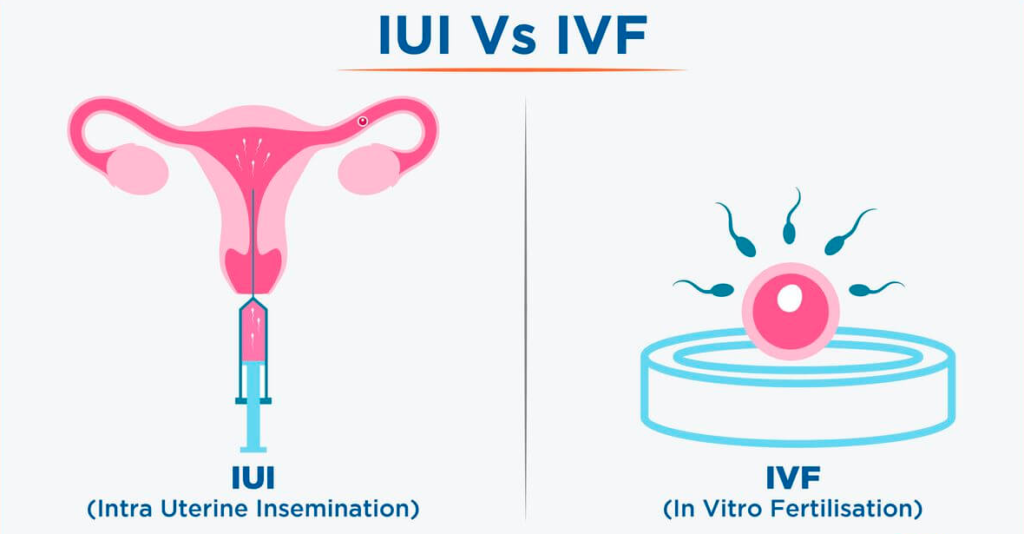
Navigating the world of fertility treatments can be overwhelming for couples trying to conceive. With various options available, understanding the processes, benefits, and success rates is crucial for making informed decisions. This guide will explore popular fertility treatments, including In Vitro Fertilization (IVF), Intrauterine Insemination (IUI), and other alternatives, helping you gain clarity on your journey to parenthood.
What Are Fertility Treatments?
Fertility treatments refer to medical procedures designed to assist individuals and couples in achieving pregnancy when faced with challenges related to infertility. Factors contributing to infertility can range from hormonal imbalances and age to underlying health conditions. Depending on the specific cause of infertility, various treatment options are available.
1. In Vitro Fertilization (IVF)
How It Works:
IVF is one of the most widely known and effective fertility treatments. The process involves several steps:
- Ovarian Stimulation: Hormonal medications are administered to stimulate the ovaries to produce multiple eggs.
- Egg Retrieval: Once the eggs are mature, a minor surgical procedure is performed to retrieve them from the ovaries.
- Fertilization: The retrieved eggs are then fertilized with sperm in a laboratory setting. This can be done through conventional insemination or Intracytoplasmic Sperm Injection (ICSI), where a single sperm is directly injected into an egg.
- Embryo Culture: The fertilized eggs (embryos) are monitored for several days to assess their development.
- Embryo Transfer: One or more healthy embryos are selected and transferred into the uterus, with the hope of achieving pregnancy.
Success Rates:
IVF success rates vary based on several factors, including the woman’s age, cause of infertility, and the clinic’s expertise. On average, the success rate for IVF is approximately:
- 40% for women under 35
- 30% for women aged 35-37
- 20% for women aged 38-40
- 10% for women over 40
2. Intrauterine Insemination (IUI)
How It Works:
IUI is a less invasive fertility treatment than IVF and involves the following steps:
- Monitoring Ovulation: The woman’s ovulation cycle is monitored, often with the help of hormonal medications to stimulate ovulation.
- Sperm Preparation: A sperm sample (from a partner or a donor) is collected and processed in the laboratory to concentrate healthy sperm.
- Insemination: The prepared sperm is directly injected into the uterus during ovulation using a thin catheter, increasing the chances of sperm reaching the egg.
Success Rates:
The success rate for IUI typically ranges from 10% to 20% per cycle, depending on factors such as the woman’s age and the reason for infertility.
3. Other Fertility Treatments
Aside from IVF and IUI, there are other fertility options to consider:
- Medications: Fertility drugs, such as Clomiphene Citrate or Gonadotropins, may be prescribed to stimulate ovulation in women with irregular cycles or unexplained infertility.
- Surgery: Surgical procedures can address anatomical issues affecting fertility, such as endometriosis, fibroids, or blocked fallopian tubes.
- Egg or Sperm Donation: For individuals with low egg or sperm quality, using donated eggs or sperm can enhance the chances of conception.
- Gestational Surrogacy: In cases where the intended mother cannot carry a pregnancy, a surrogate may carry the embryo created through IVF using the intended parents’ or donors’ eggs and sperm.
Choosing the Right Fertility Treatment
Selecting the most appropriate fertility treatment depends on various factors, including:
- Diagnosis: Understanding the underlying cause of infertility is critical for determining the best treatment approach.
- Age and Health: Age plays a significant role in fertility success, so personal health and reproductive history should be considered.
- Budget: Fertility treatments can be costly, and insurance coverage varies. It’s essential to evaluate financial options and potential costs associated with each treatment.
- Personal Preferences: Emotional and psychological readiness for each treatment type should also be taken into account, as different procedures have varying levels of invasiveness and complexity.
Conclusion
Fertility treatments, including IVF and IUI, offer hope for couples facing challenges in conceiving. Understanding how these options work and their respective success rates can empower individuals to make informed decisions. It’s essential to work closely with a fertility specialist to develop a tailored treatment plan that aligns with personal needs and circumstances. Remember, every journey to parenthood is unique, and support from healthcare professionals and loved ones can make a significant difference along the way.

